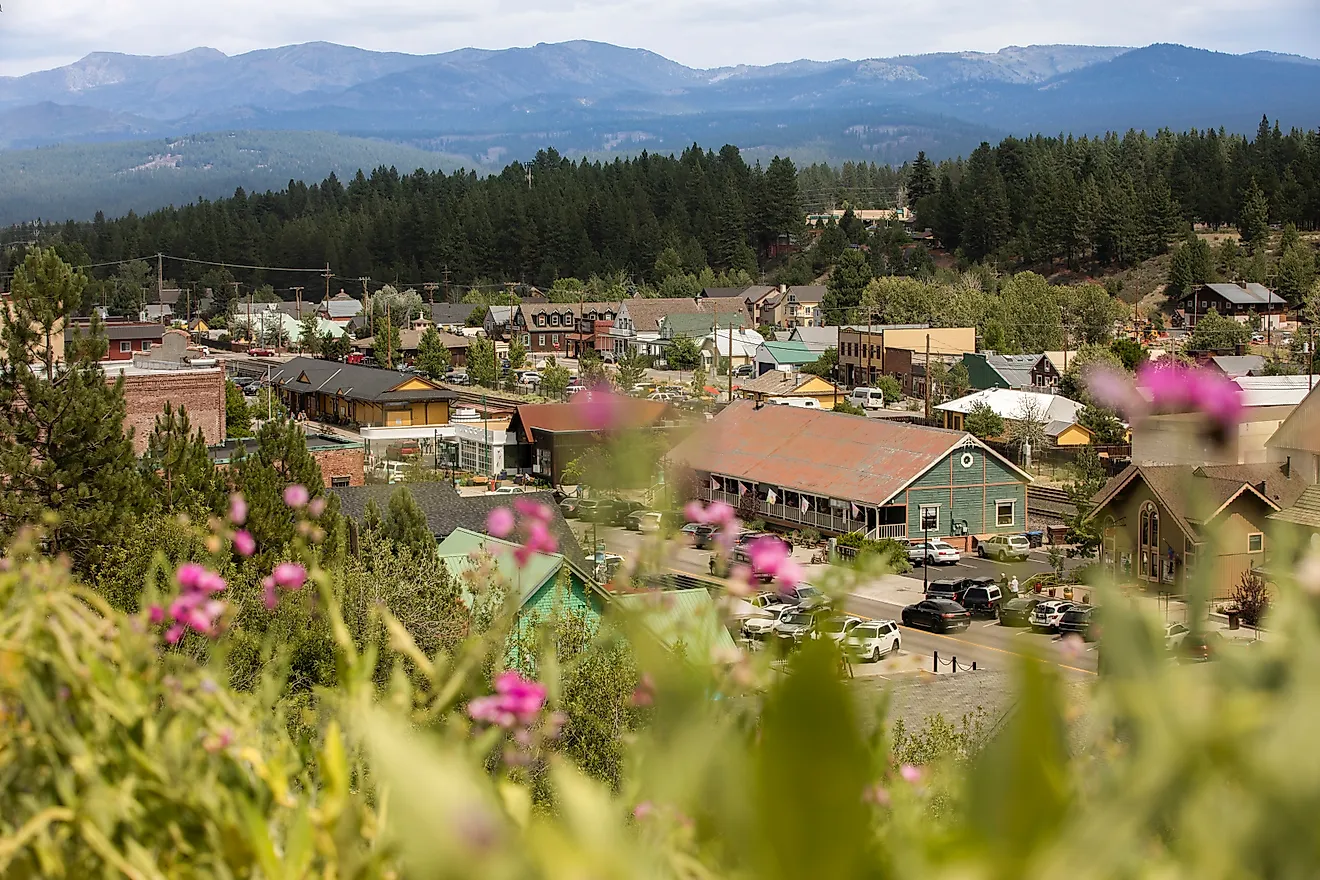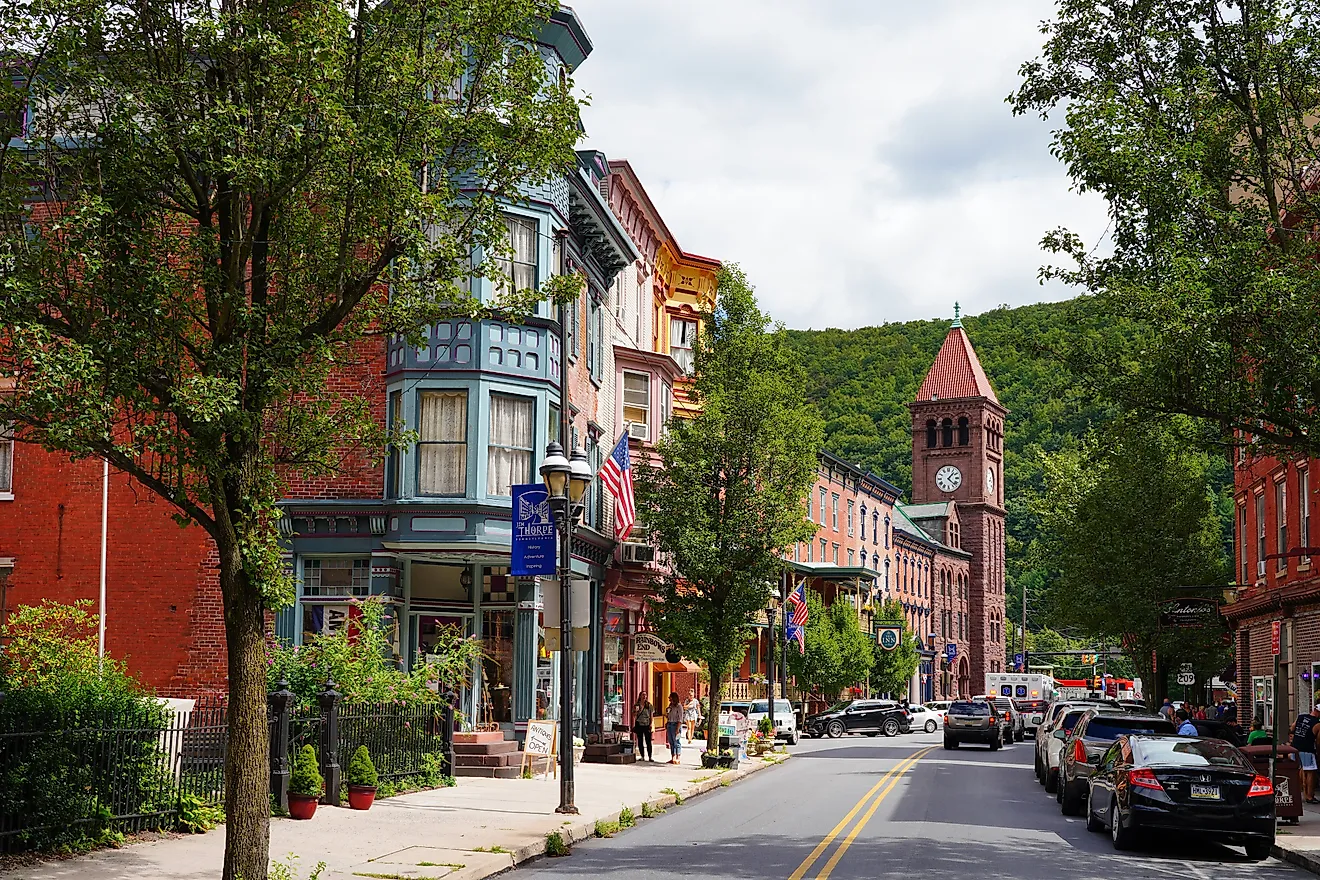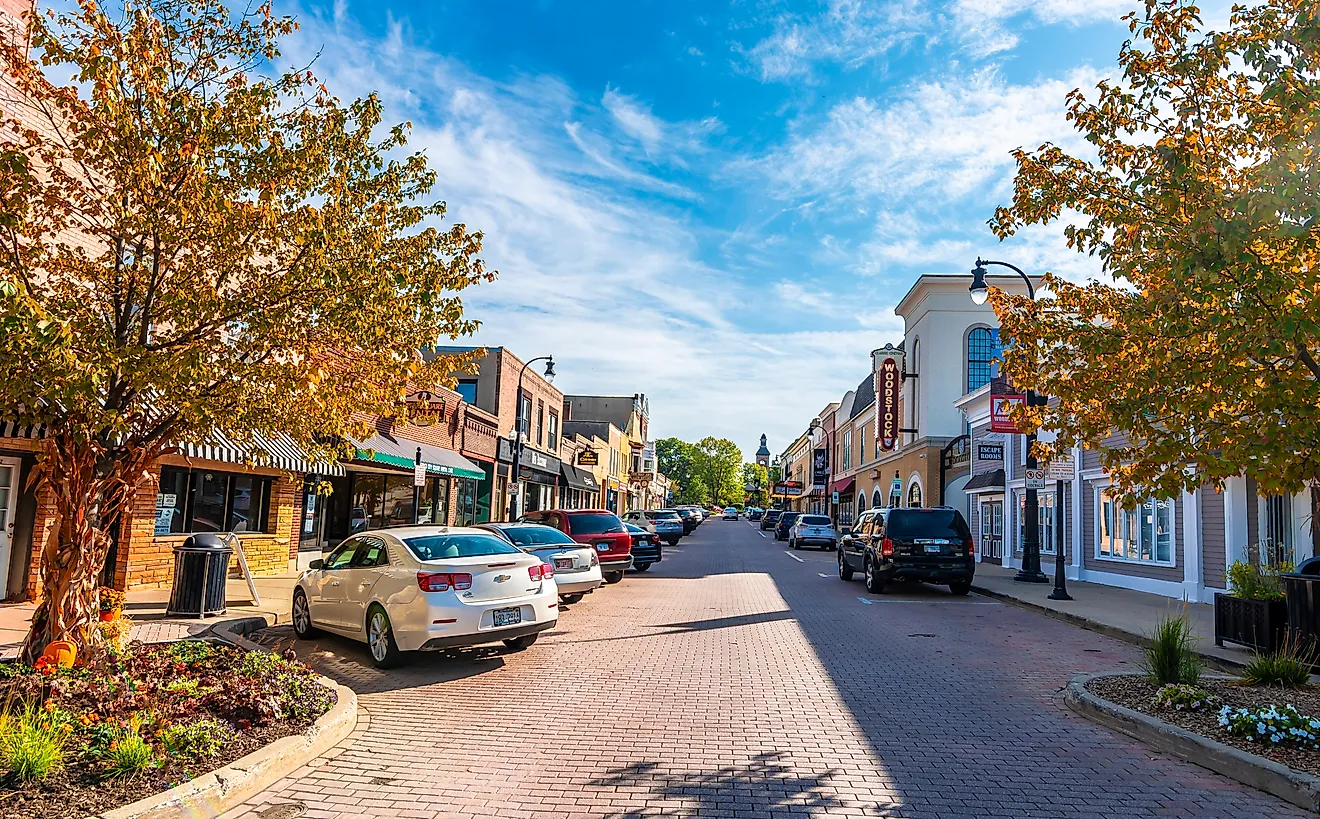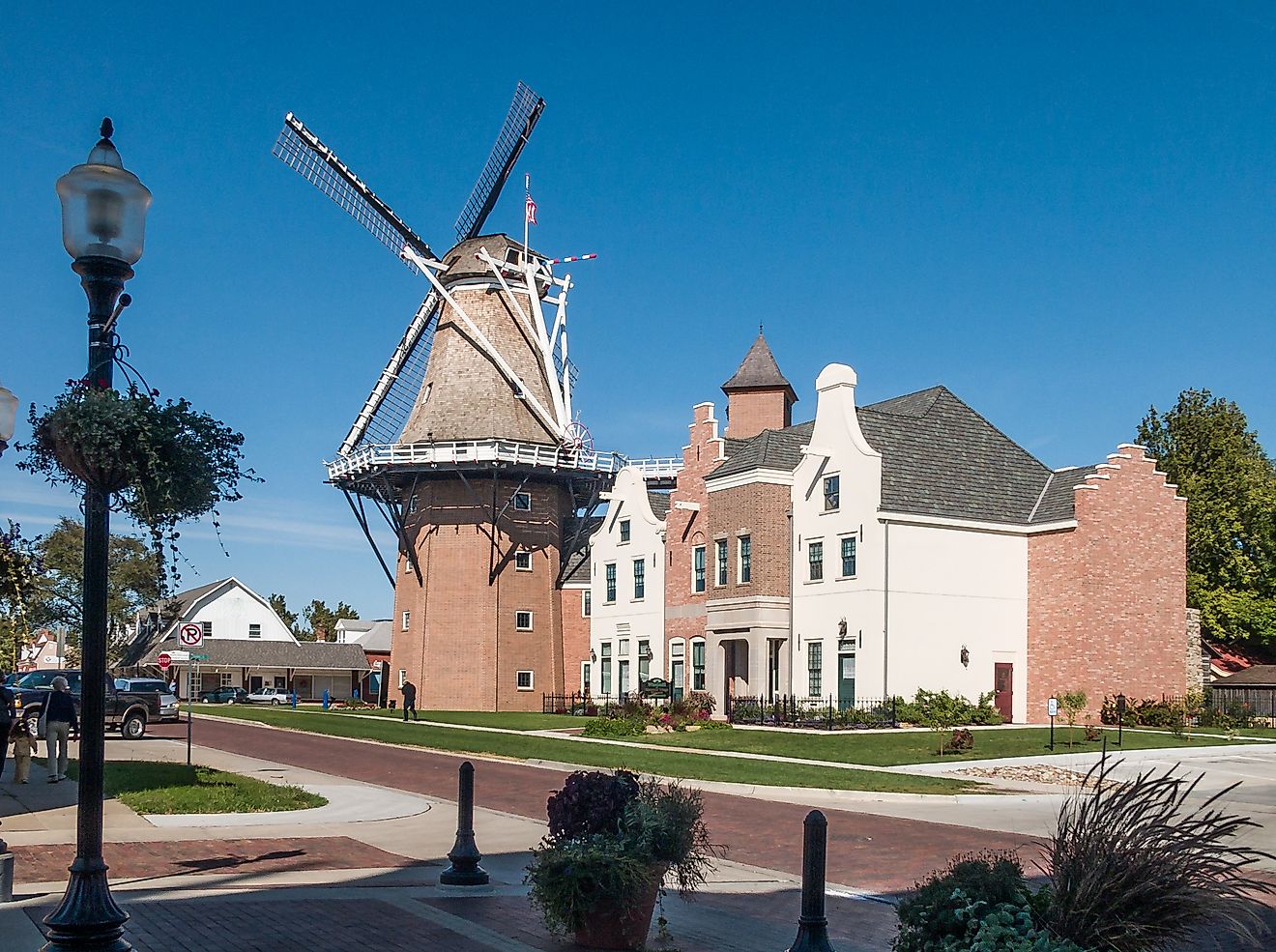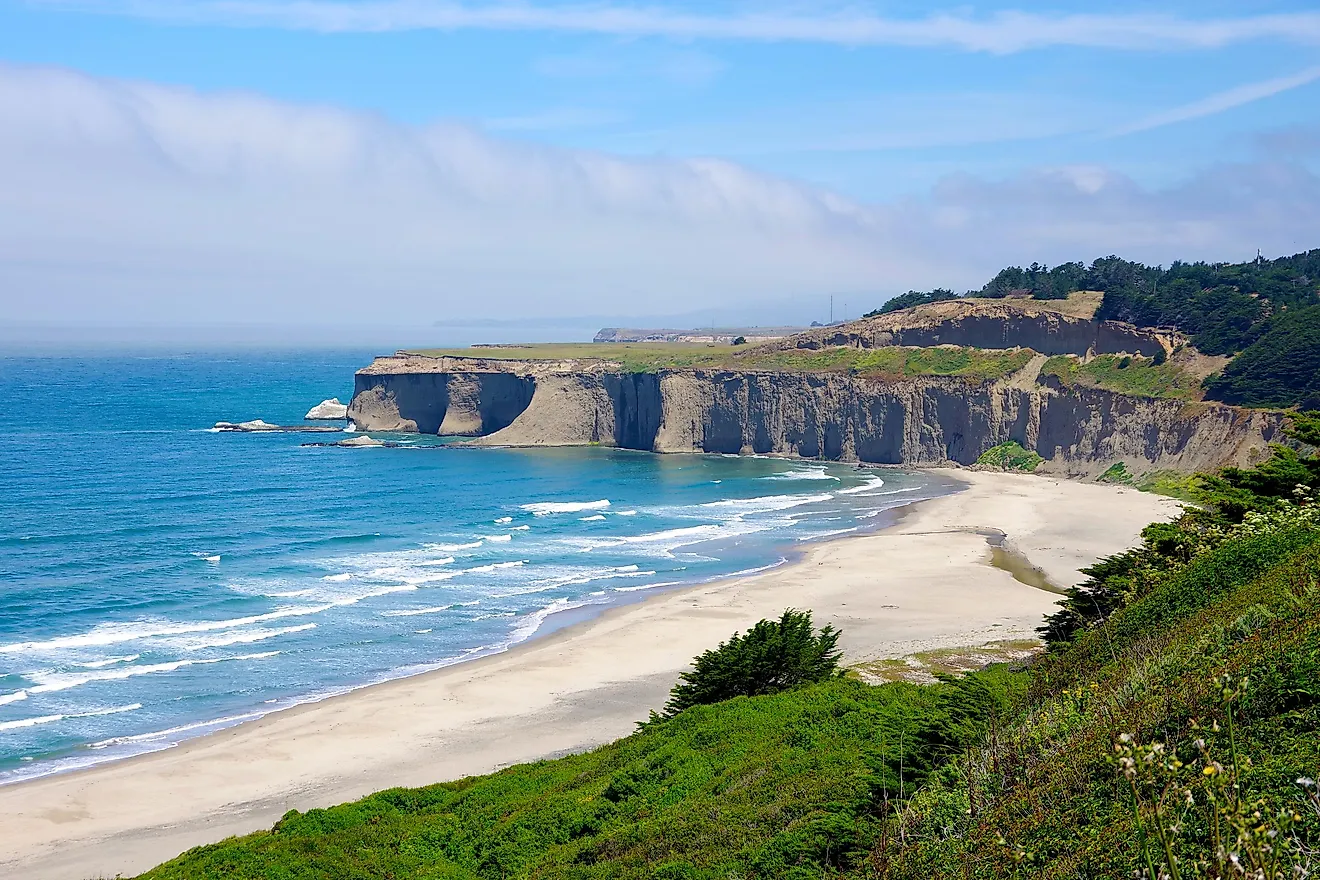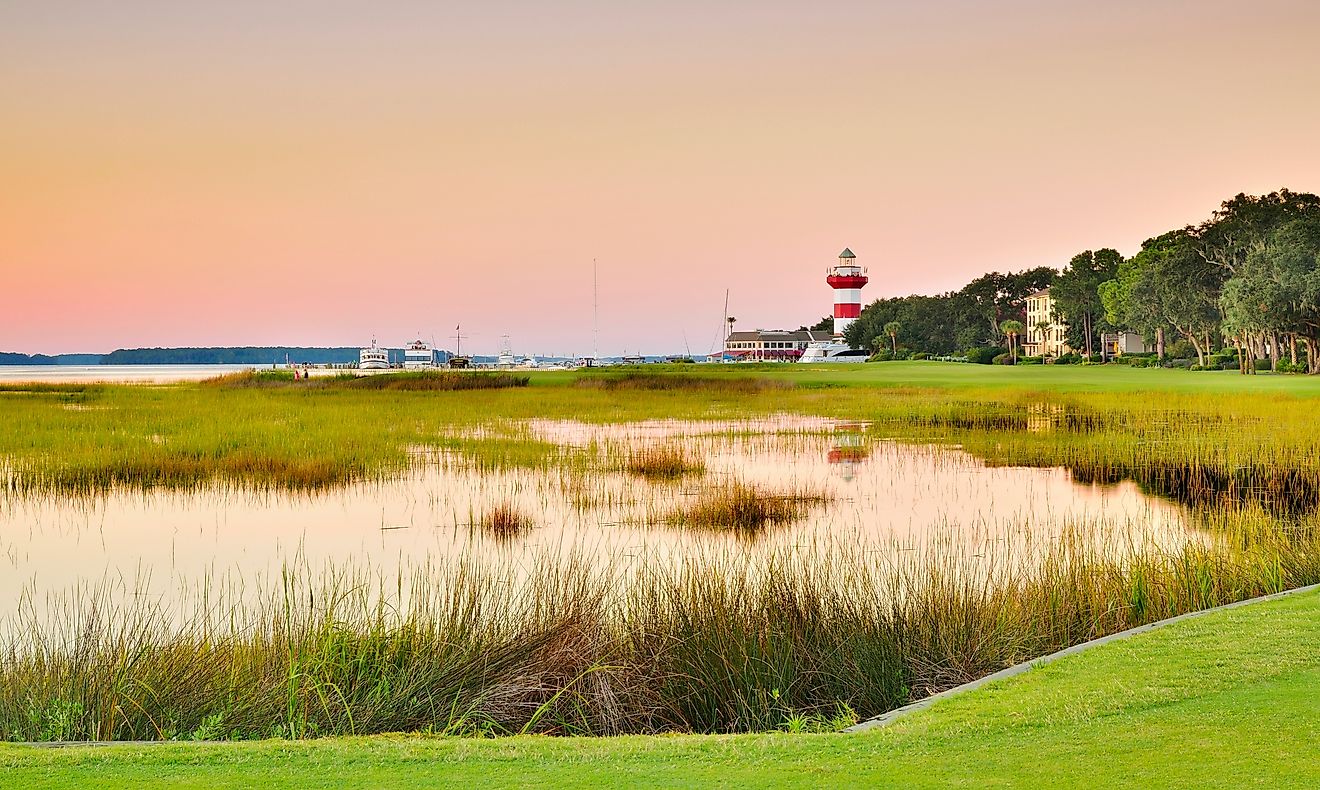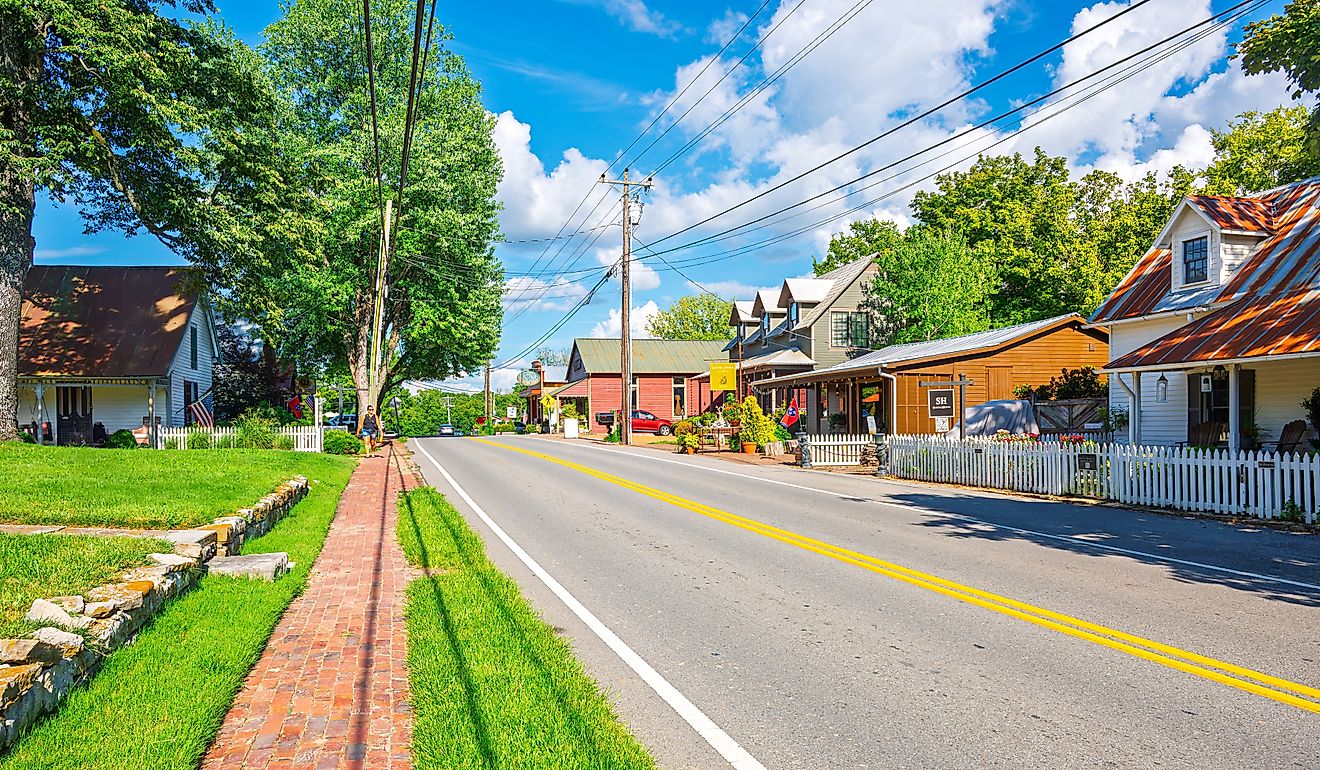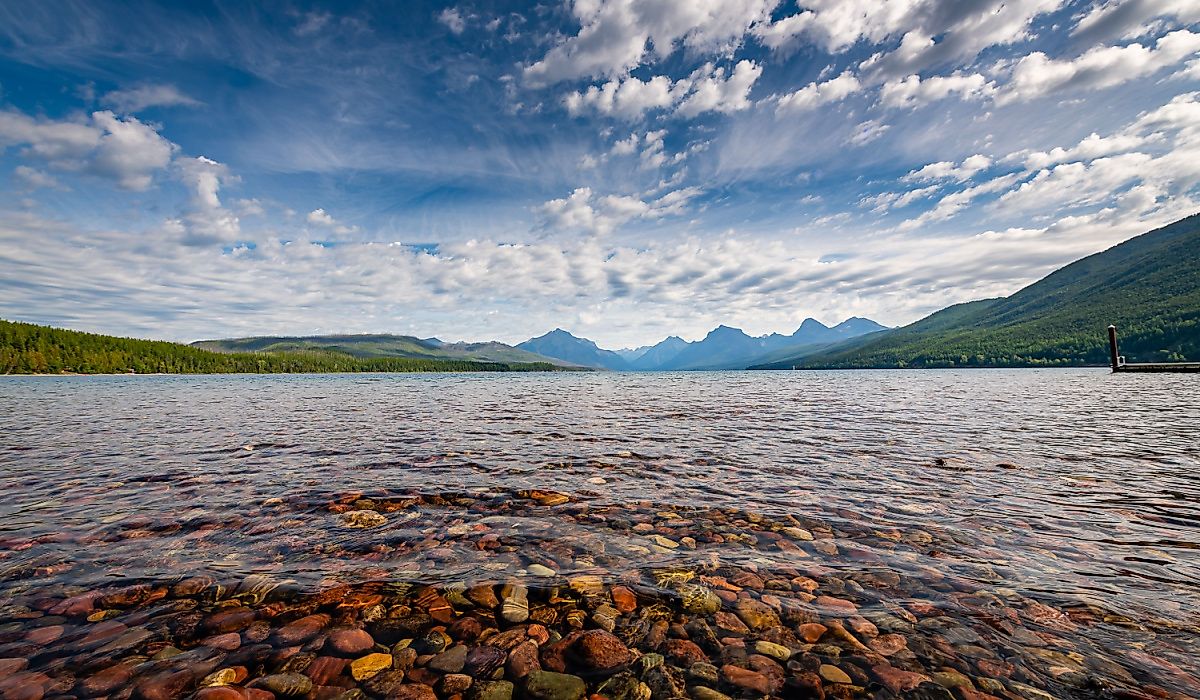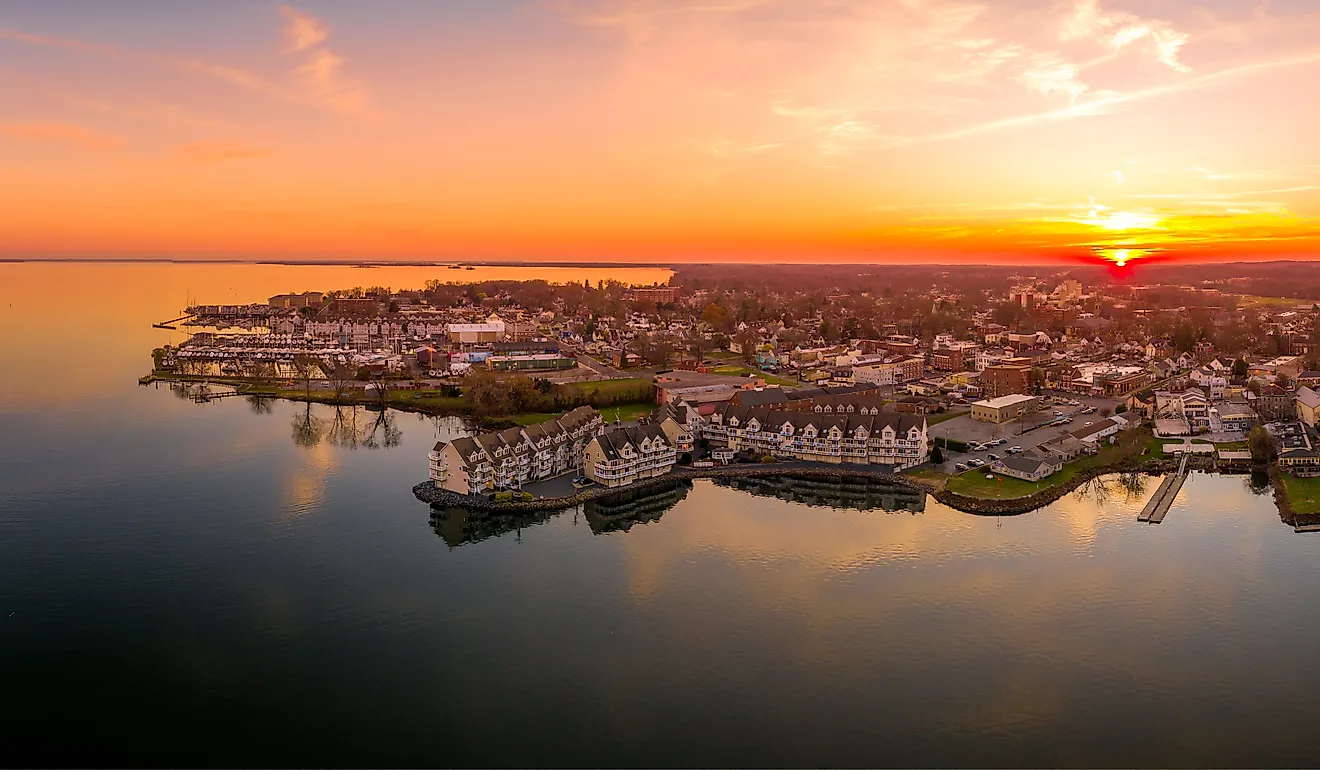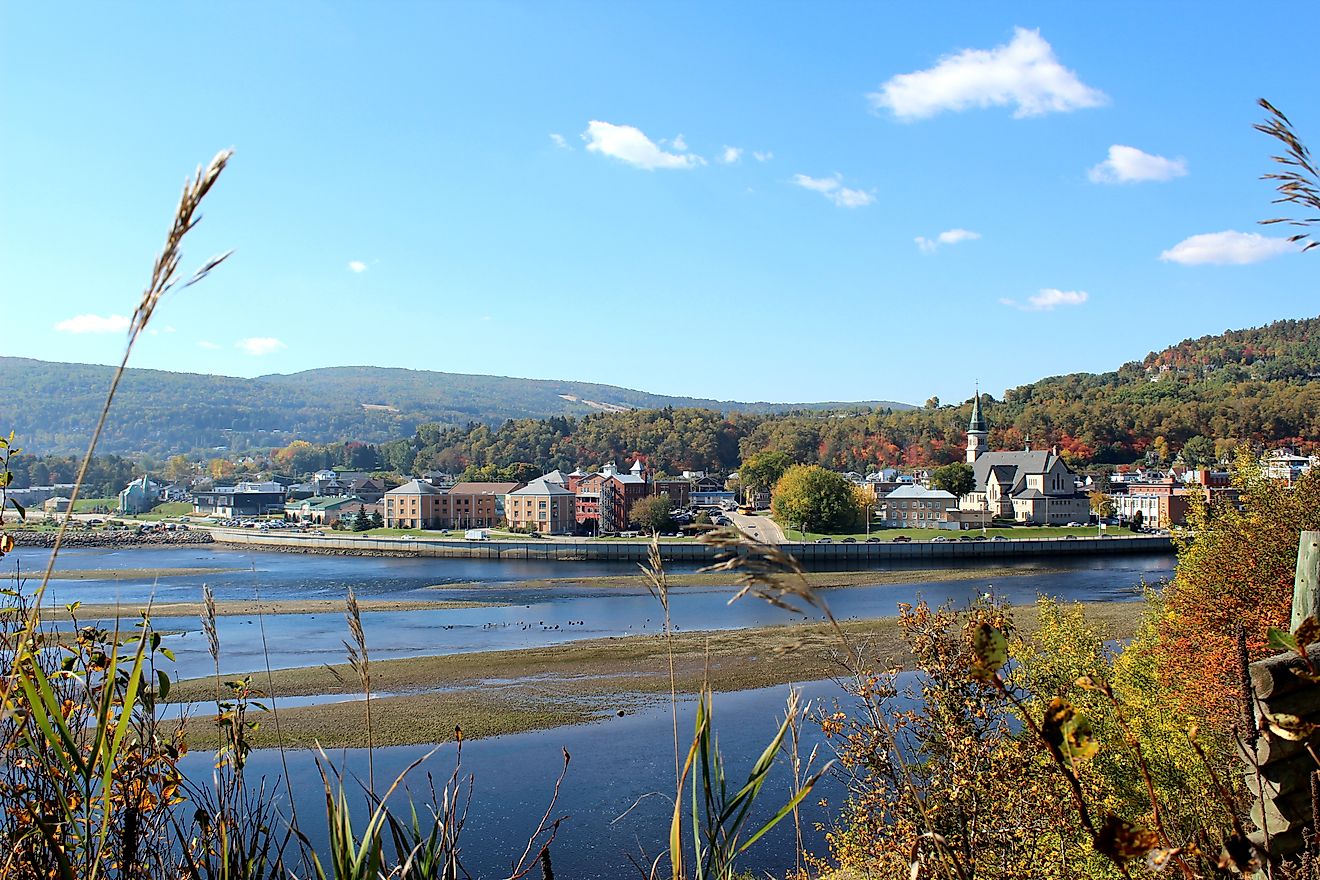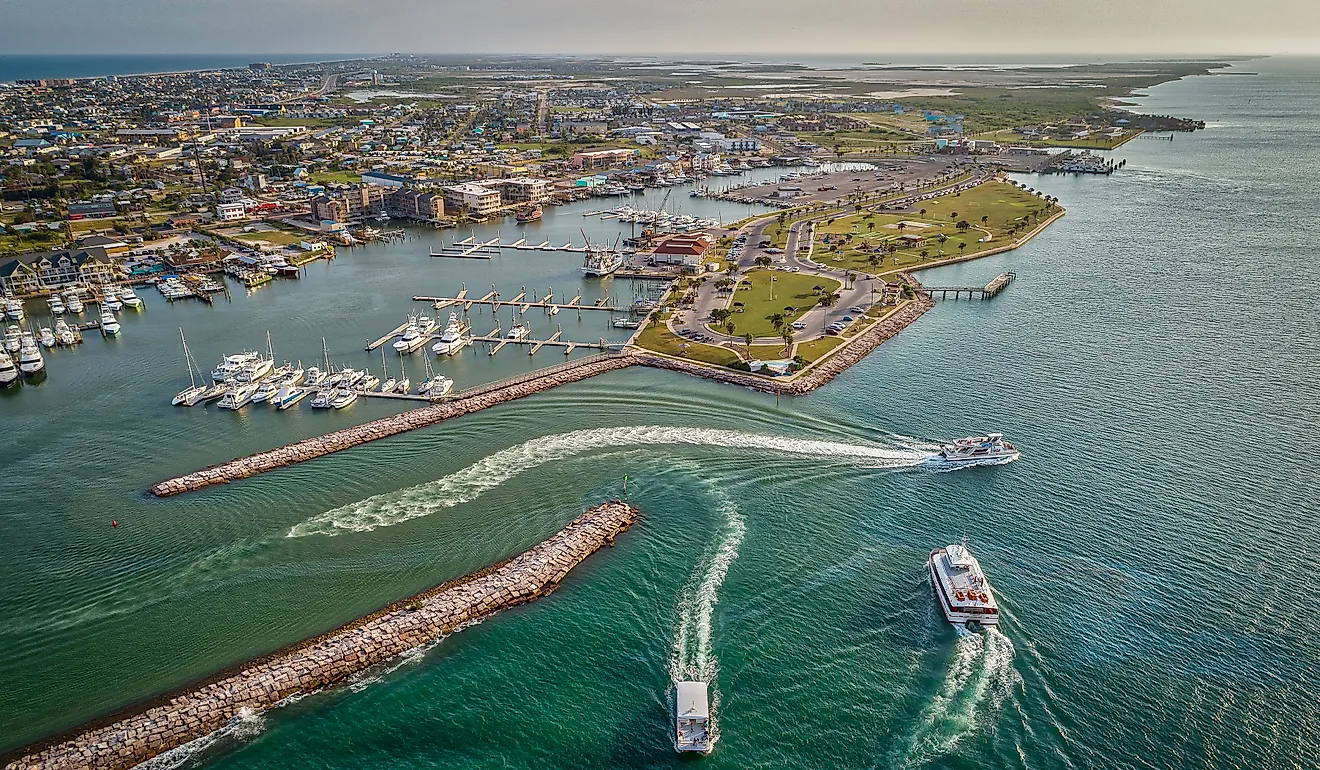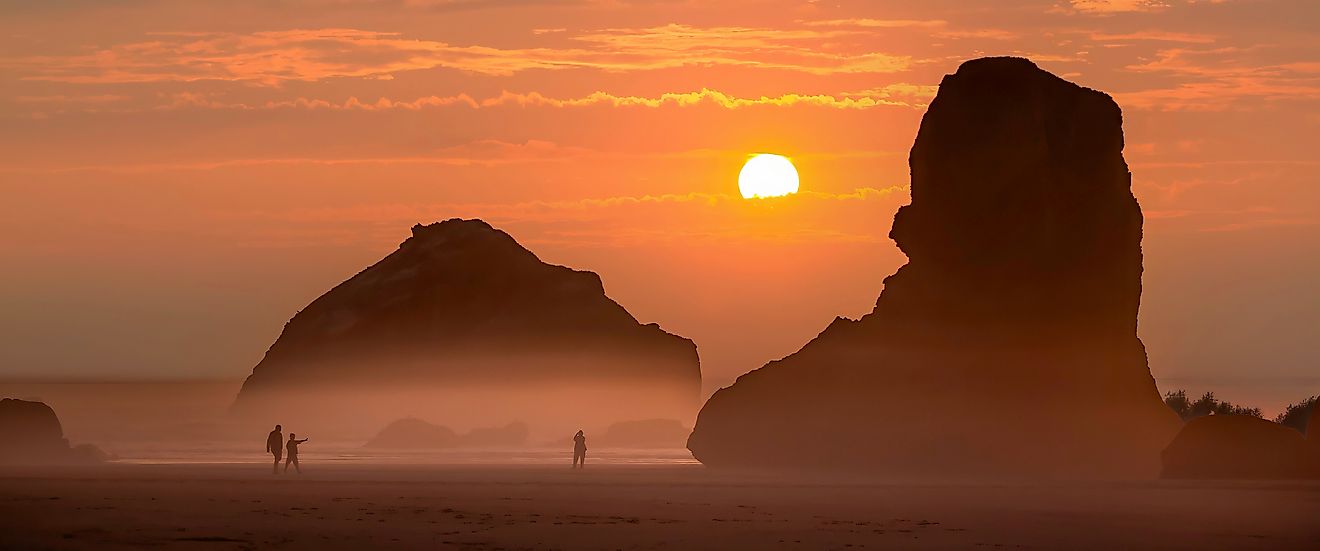
This East Coast Island is Home to Some of America’s Last Wild Horses
Having grown up around horses, a visit to Chincoteague Island in beautiful Virginia had long been on my travel bucket list. I recalled, as a kid, reading my horse-mad sister's copy of Misty of Chincoteague and even sitting with her to watch the classic 1961 film based on the book. So, when the opportunity to spend a few days learning more about the island and its famous wild ponies arose, I didn’t hesitate.
Separated from the Atlantic Ocean by the neighboring barrier island, Assateague Island, I was soon to find out that this Virginian paradise is also famous for having some of the best beaches on the East Coast of America. Put the two together - those endless beaches and the equines that frequent them - and you can see why well over a million tourists a year visit this small community of just 3,300 people… and those 150 ponies.
Little wonder, then, that I was pretty pumped as I travelled over the nearly five-mile-long causeway connecting Virginia's mainland to this wonderful Eastern Shore town.
Chincoteague's Wild Ponies

I soon learned that the wild ponies of Assateague Island carry with them centuries of mystery and folklore. Local legend has it they descended from survivors of a Spanish galleon that wrecked off the coast in the 1600s, with horses swimming to shore. While this somewhat romantic origin story persists, historians suggest a more practical explanation. Colonial-era farmers would graze livestock on the region’s barrier islands to avoid having to pay mainland taxes and fencing requirements, leaving the horses to adapt to the harsh island environment.
Regardless of how they got here, these fascinating creatures have certainly evolved into something unique. The constant exposure to salt marsh grasses, scarce freshwater, and extreme weather conditions created a hardy breed that’s quite distinct from its domestic cousins.

They developed shorter, stockier builds, thick coats, and remarkable resilience, all characteristics that allowed them to thrive… and survive.
By the early 20th century, however, the ever-increasing pony population needed management. That’s when the Chincoteague Volunteer Fire Company stepped in. They established an annual roundup that served dual purposes: controlling the size of the herd and raising funds for firefighting equipment. Even though that first official roundup in 1925 by firemen dubbed the “Saltwater Cowboys” sold just 15 ponies, it generated much-needed cash for the fire department.
Play Misty for Me

Everything changed, however, in 1947 when children's author Marguerite Henry published her classic kids’ book, Misty of Chincoteague.
Based on a real pony purchased during the roundup of 1946, the book became a publishing phenomenon, capturing the imaginations of young and old alike. It also transformed Chincoteague from a quiet fishing village into a destination for pony-mad kids (and, of course, their parents) from around the country.
The 1961 film adaptation further cemented the ponies’ place in American popular culture, resulting in generations of children around the world (including me and my sister) dreaming of one day seeing these wild horses for themselves.
Getting the Ponies Ready

Held annually on the last consecutive Wednesday and Thursday of July, the famous Chincoteague Pony Swim (aka, the Pony Penning) has since grown into a week-long celebration of these amazing creatures.
The lead-up to the swim involves the fire department's Saltwater Cowboys rounding up around 150 wild ponies and their foals from the two herds that occupy Assateague Island.
A good opportunity to view the gathering of the ponies before the swim is the Beach Walk. Prior to the swim itself, the Saltwater Cowboys drive the north herd from the Northern Corral along the beach to the Southern Corral, where they’re “penned” prior to the big day. With fewer crowds, seeing the ponies silhouetted against the Atlantic is another highlight that’s worth catching.
The Pony Swim
The swim is, of course, the main event. Taking place on Wednesday morning, the action draws around 50,000 visitors, who line the shores to watch the spectacle. The crossing typically occurs during slack tide, with the exact timing announced just days before based on tidal conditions.
You’ll see the cowboys guide the herd into the water, and the ponies (all strong swimmers) make the quarter-mile crossing in just a few minutes, their heads held high above the water as they cross. The most popular vantage points include Memorial Park on the Chincoteague side of the swim, as well as designated areas along Beach Road.
After a 45-minute rest, the Saltwater Cowboys parade the ponies down Chincoteague Main Street to the Carnival Grounds, where they’re corralled again until Thursday’s auction. Grabbing a good viewpoint along Main Street while they’re resting is a good idea, so have your tour cameras ready.
Pony Penning and Auction
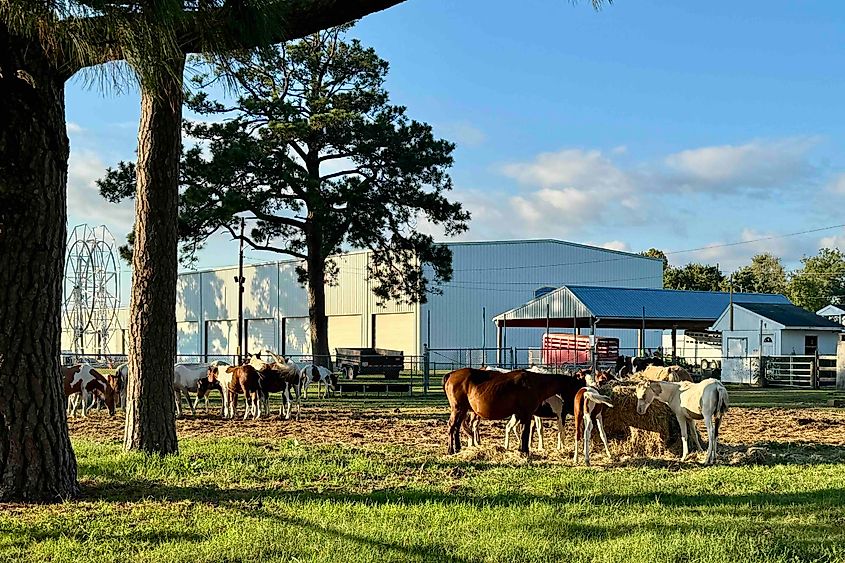
Thursday is auction day, when foals born that year are sold to help fund the fire company's operations and maintain the herd at sustainable levels. Some proceeds are also used for veterinary care for the remaining ponies. Bidding can be intense, however, particularly for foals descended from famous bloodlines like Misty's, with prices sometimes exceeding $10,000 for the most desirable animals.
The carnival atmosphere lingers after the auction, with rides, food vendors, and plenty of other fun things to keep you busy. Local businesses even extend their hours, too. And in case you’ve never seen it, the Misty of Chincoteague movie plays at the Island Theatre during Pony Swim week. This same movie house was used for the film’s premiere, and you can still see the real Misty’s footprints immortalized in concrete in the sidewalk in front of the building.

Friday’s return swim is also worth catching. Once the ponies sold at auction have been separated from the herd, the remainder do the swim in reverse. With fewer spectators, some die-hard fans of the event will swear it’s the best opportunity to really appreciate the event, as the ponies are excited to return to their grazing grounds.
A note about accommodations: they book up months (even a year) ahead. This is especially true of properties with water views of the swim route, or within walking distance of the parade route. Premium viewing spots along the channel also fill up early on swim day, with many spectators arriving before dawn to claim their spot.
Year-Round Pony Sightings
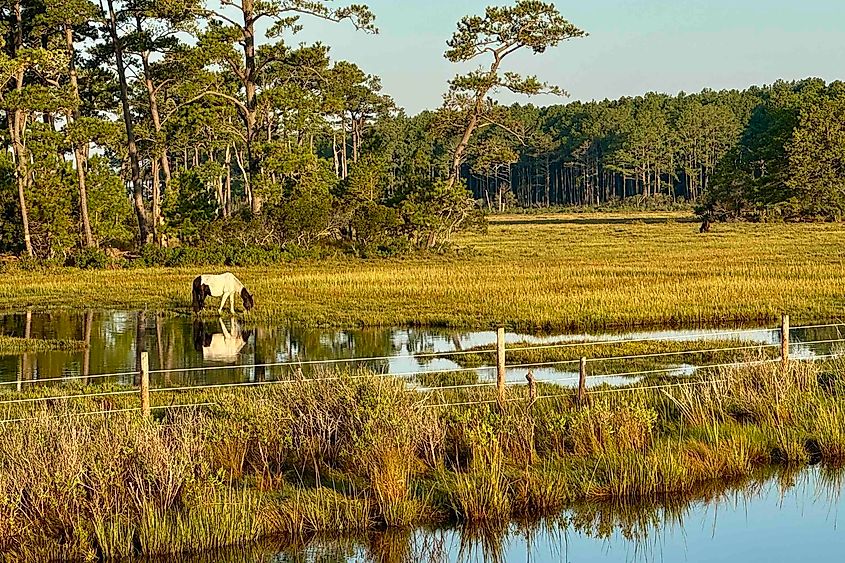
Even if you can’t make the Pony Swim, Chincoteague offers year-round opportunities to observe them in their natural habitat. I found the best views were along the Wildlife Loop Road on Assateague Island. This scenic drive through Chincoteague National Wildlife Refuge often offers up views of the ponies grazing within sight of the road.
Beach Road, the main route from Chincoteague to Assateague, also offers frequent pony encounters. The marshlands flanking this causeway attract herds searching for food and freshwater, and it's not uncommon to spot ponies just a few feet away from passing vehicles. And be patient. Ponies move about freely, and it wasn’t until my second (and earliest) drive that I got my best photos of these beautiful beasties just after sunrise.

You could, of course, book a guided pony tour. The best, like the Assateague Explorer and Saltwater Pony Tours, provide cruises to viewing locations along the beach and inlets. It’s also a useful way to learn more about their history and behavior. Kayak tours through the marsh channels are a great alternative for those seeking a fun outdoor adventure.
Two other roundups by the Saltwater Cowboys also take place each year. Though without swims, April and October roundups see the ponies herded into their two corrals on Assateague Island for a health check.
Chincoteague’s Pony-Themed Attractions

Horse -mad kids and parents will also want to check out the many pony-themed attractions in Chincoteague. Located just before the Assateague Island bridge, the Museum of Chincoteague Island is the town’s main repository of pony history, featuring extensive displays about author Marguerite Henry and Misty, including the preserved remains of the world’s most famous pony. Displays about the history of the swim are also worth seeing.
Need a great pony pic? Standing prominently in Robert Reed Waterfront Park on Main Street, a bronze statue of Misty is perfect for a selfie or a family keepsake. Misty’s hoof prints at the Island Theatre are located right across the road from the park.
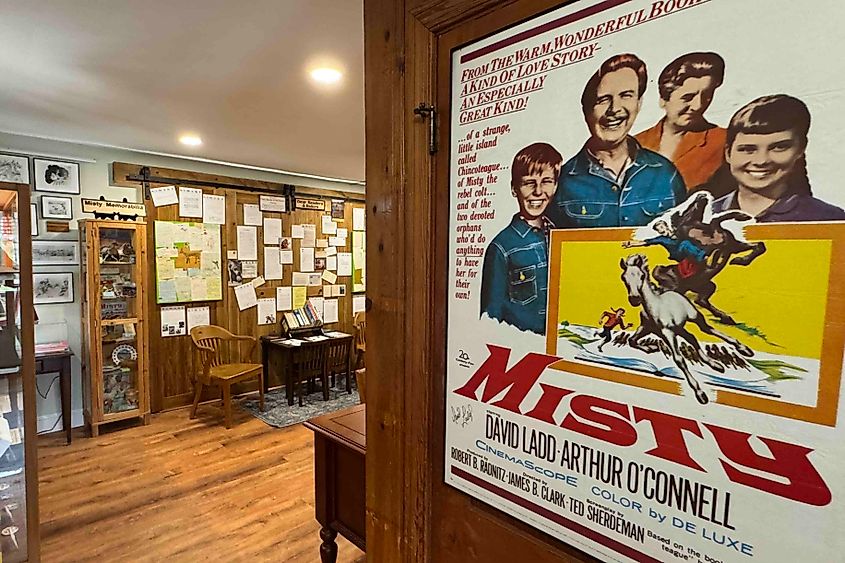
Beebe Ranch, Marguerite Henry's home while she researched the book, was also the actual residence of Misty after the pony's purchase at the 1946 roundup. A great little museum and gift shop are located within the home and is chock-a-block full of Misty memorabilia. You’ll even see some of Misty’s descendants in the adjoining paddocks.
The Chincoteague Pony Centre is another must-visit. Here you can enjoy hands-on experiences with domesticated Chincoteague ponies, including pony rides and petting. Unlike their wild cousins on Assateague, these ponies are fully trained and socialized, allowing the kind of close contact that’s prohibited with the wild herds.
While You’re There…
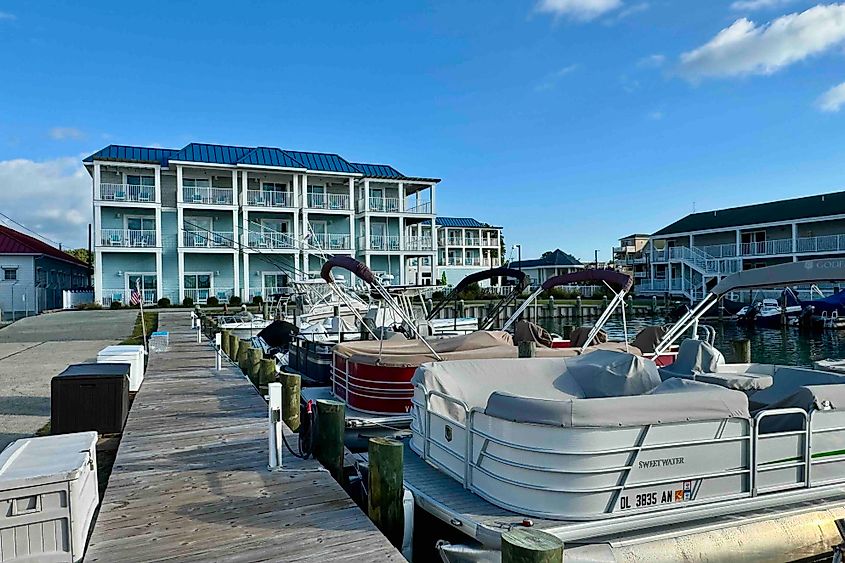
While accommodation options in Chincoteague are plentiful, I found Marina Bay Hotel & Suites an ideal base from which to explore this magical, pony-mad island. Situated directly on Main Street and overlooking Chincoteague Bay, this Ascend Collection hotel’s rooms are not only spacious and well-maintained, but the best of them boast balconies with water views.
It wasn’t just a quiet night’s sleep. I also got to enjoy spectacular sunsets over the bay and the marshes between mainland Virginia and me. I also found myself just a short walk from the Carnival Grounds, where several wild horses were still corralled after the summer’s pony swim.
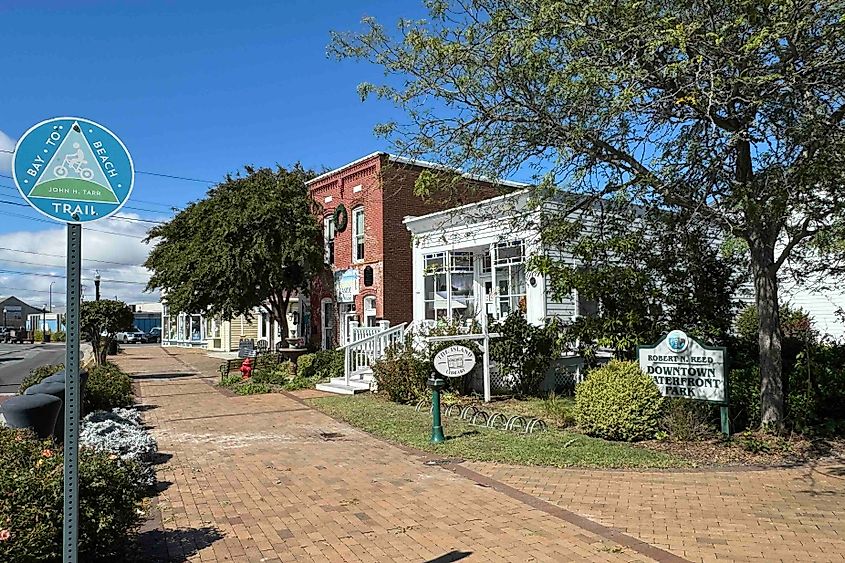
Marina Bay is also an easy walk to historic Downtown Chincoteague. In addition to great coffee shops like Java Horse Coffee, great shops like Decoys Decoys Decoys with its shelves stocked with beautifully crafted (you guessed it) decoy ducks and birds is a must-visit.
Food, too, even comes with a pony theme. Java Horse Coffee sells great espressos and sweet treats, as well as local craft beers and Virginia wines, in the heart of downtown. And while you’ll have to drive to Sandy Pony Donuts, it’s worth it for their made-to-order delights. Over at Island Creamery, you can order a "Pony Tracks" treat made with vanilla ice cream, fudge, peanut butter swirl, and Reese's cups.
Want an edible souvenir? Pony Tails sweet shop sells great fudge and taffy that you can have boxed up to take home with you.
Bottom Line
Whether you’re horse mad or just looking for somewhere new and exciting to spend a few days, you can’t go wrong with a visit to Chincoteague Island. While the annual July Pony Swim attracts massive crowds, year-round viewing opportunities throughout Assateague Island National Seashore and Chincoteague National Wildlife Refuge mean a visit at any time of year works for pony encounters and an unforgettable wild horse experience. Thanks, Misty!
